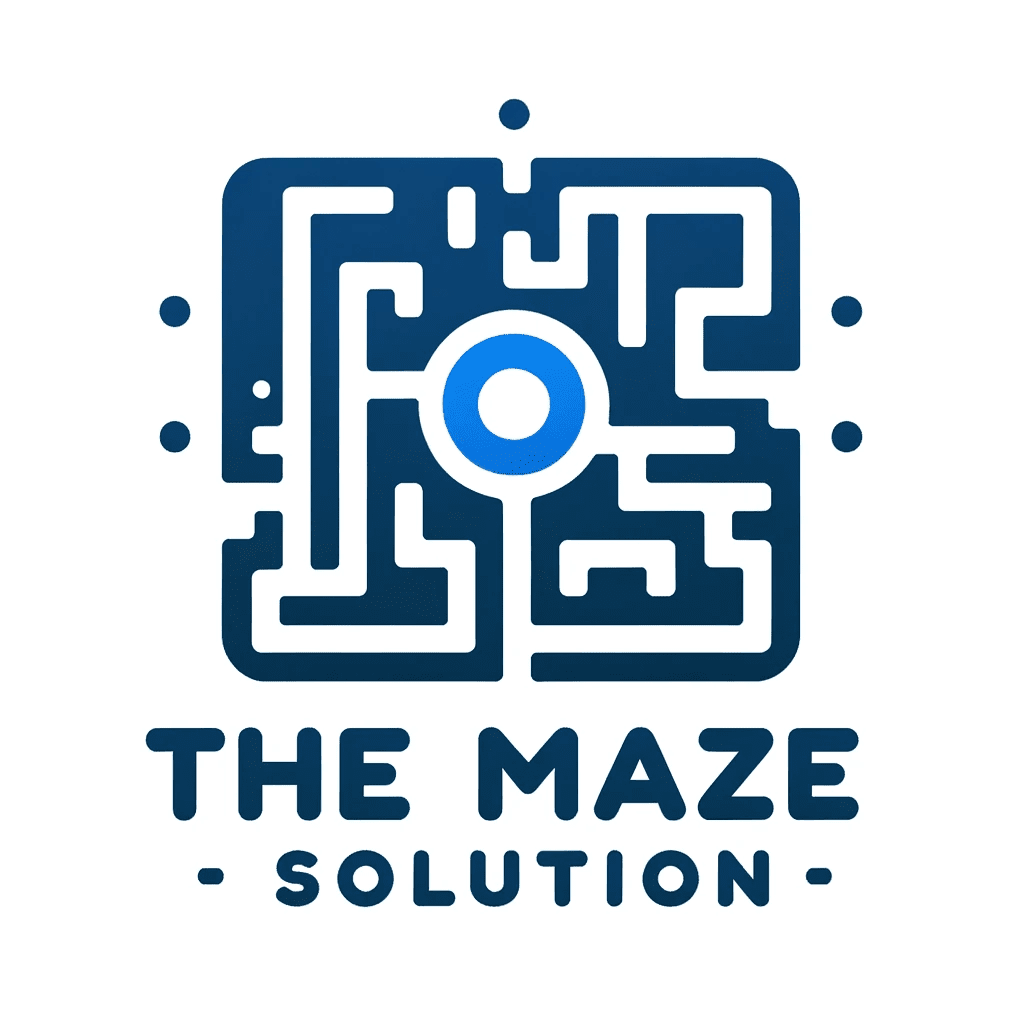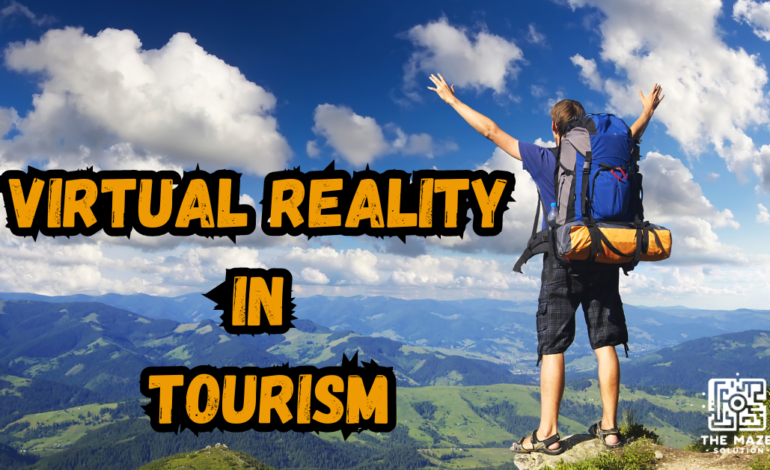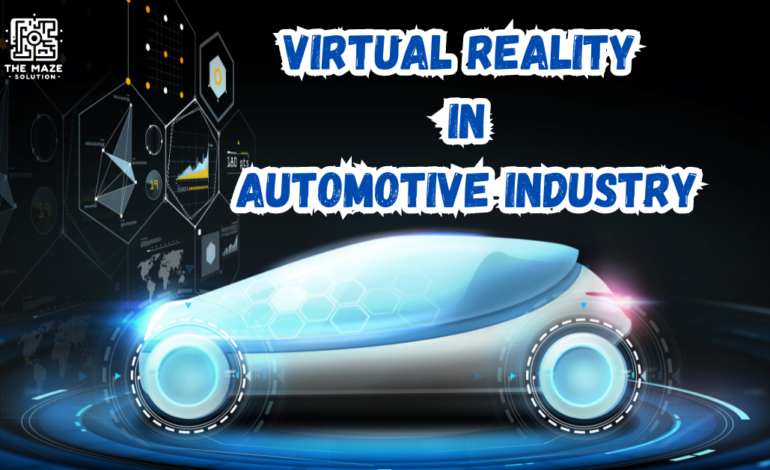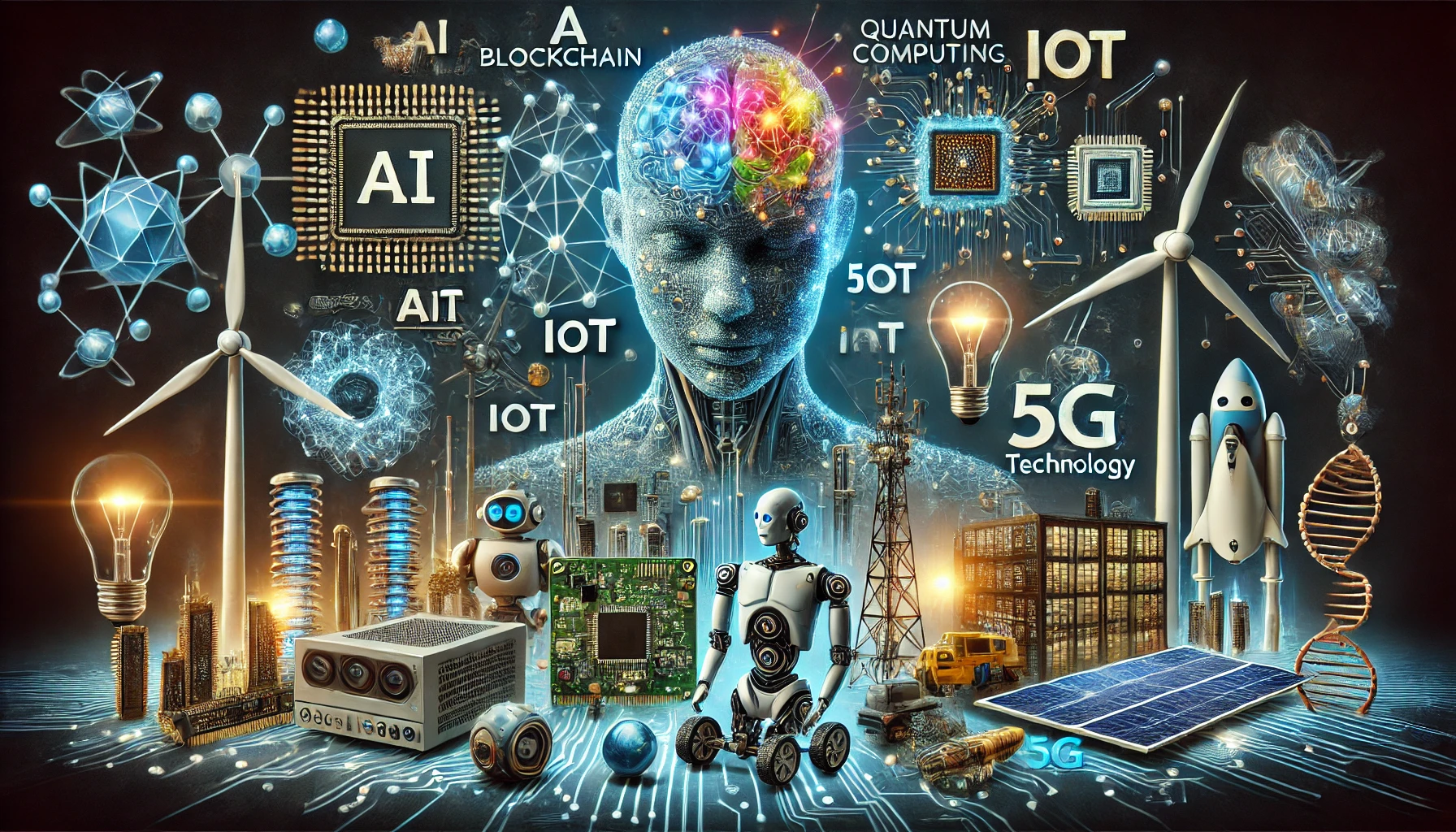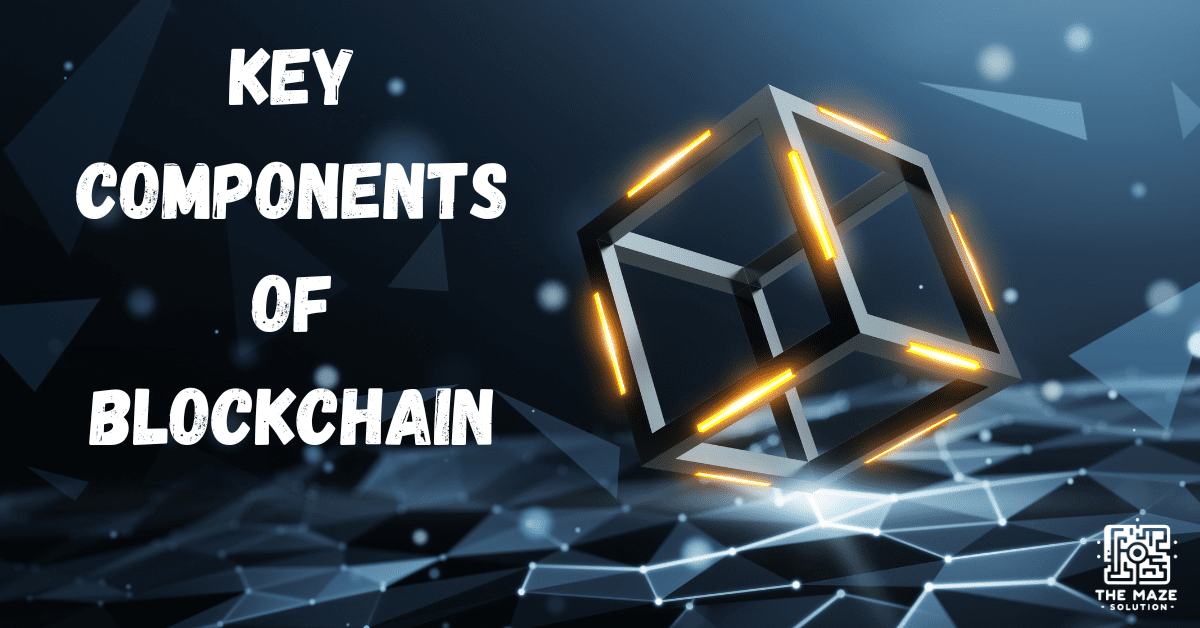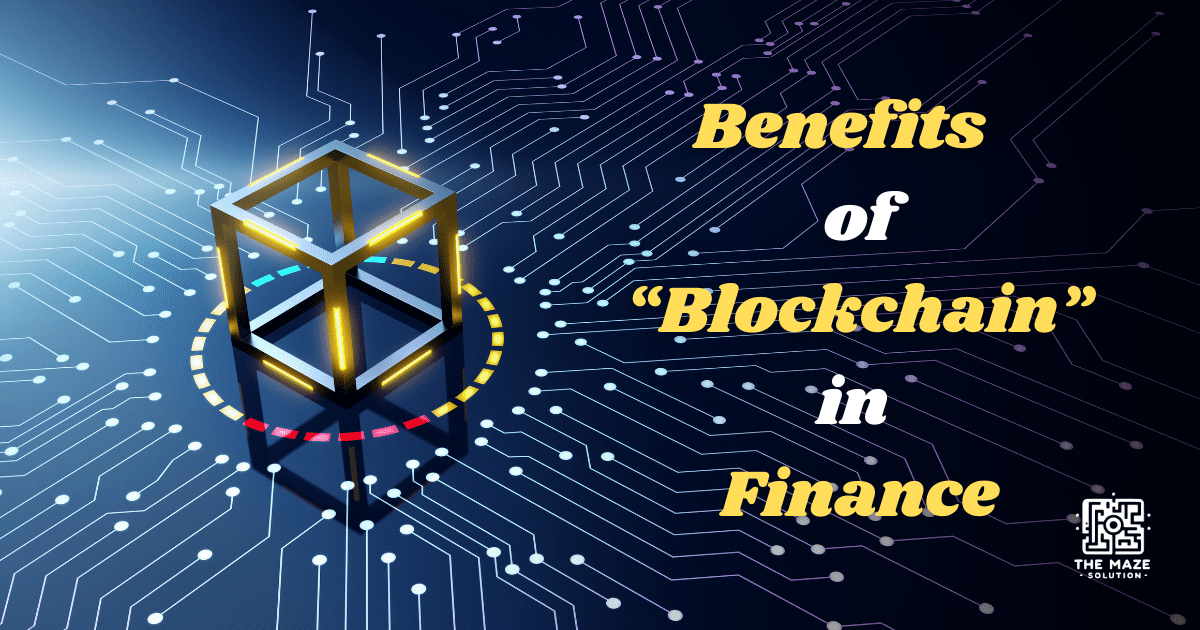Virtual Reality in Engineering: Exploring Applications, Benefits, and Impacts
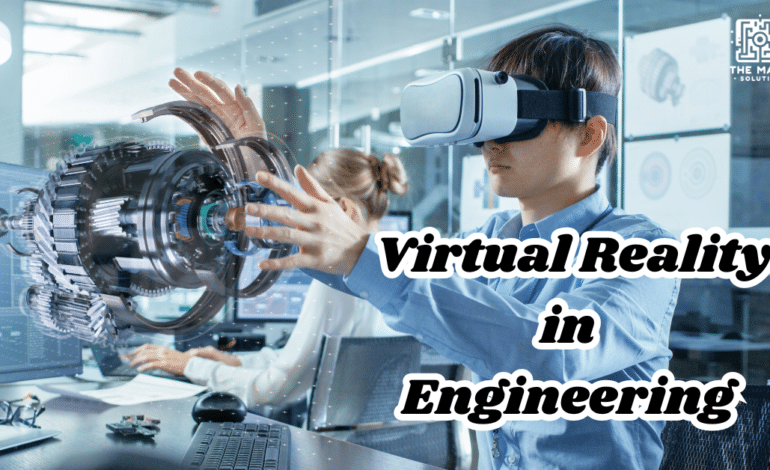
Introduction to Virtual Reality in Engineering
Virtual Reality in engineering (VR) is no longer the stuff of science fiction. In the engineering world, it’s becoming a game-changer. Virtual Reality in Engineering offers engineers the ability to visualize, design, and simulate projects as if they were right there in the field. It’s transforming how engineering tasks are approached and completed. From historical roots to its current applications, VR has profoundly evolved, making it a crucial component of modern engineering practices. Gone are the days of relying solely on blueprints and physical models; VR is leading the charge in precision, efficiency, and innovation.
Understanding Virtual Reality in Engineering
Defining Virtual Reality in Engineering
Virtual Reality in engineering is a powerful tool that enables the creation of immersive, computer-generated environments, allowing engineers to simulate and interact with real-world scenarios. Unlike traditional Computer-Aided Design (CAD) software, which primarily offers 2D and 3D visual representations on a flat screen, VR plunges engineers into a fully interactive 3D experience. This immersive environment allows them to perceive and manipulate their designs as though they were physically present, providing a level of engagement and realism that CAD software cannot match.
Virtual Reality in Engineering , engineers can virtually “walk around” their designs, inspect them from every angle, and even simulate how these designs would behave in the real world under various conditions. For example, in the case of an architectural project, engineers can explore a building model at a life-size scale, identifying potential issues or design improvements before any physical construction begins. This capability is crucial because it enables engineers to spot errors or inefficiencies early in the design process, thereby reducing the risk of costly mistakes later on.
Moreover, VR allows for real-time modifications and instant feedback, making it easier for engineers to collaborate and iterate on designs. When changes are made to a virtual model, they can be immediately tested and evaluated, ensuring that all stakeholders can visualize the impact of these changes without waiting for physical prototypes or detailed drawings. This interactivity and immediacy distinguish VR from other engineering tools, offering unparalleled opportunities for innovation and efficiency.
The Role of VR in Engineering Education and Training
Virtual Reality is not just transforming the engineering profession; it’s also revolutionizing how future engineers are educated and trained. Educational institutions across the globe are increasingly incorporating VR into their curricula to provide students with immersive, hands-on learning experiences that were previously unimaginable.
One of the most significant advantages of VR in education is its ability to create a risk-free environment where students can experiment, learn, and make mistakes without any real-world consequences. For instance, in traditional engineering labs, students might conduct physical experiments with machinery or materials, where errors could lead to equipment damage or safety hazards. In contrast, VR allows students to engage in complex engineering tasks, such as operating heavy machinery or conducting chemical reactions, in a controlled and safe virtual environment. This not only enhances the learning experience but also allows students to gain confidence and expertise before handling real-world equipment.
Furthermore, VR facilitates the exploration of engineering concepts that would be difficult or impossible to demonstrate in a physical classroom. For example, students can virtually tour the inside of a nuclear reactor, explore the intricate workings of an engine, or simulate the construction of large-scale infrastructure projects. These experiences provide students with a deeper understanding of engineering principles and their practical applications.
Case studies from universities and technical schools around the world have shown that VR significantly enhances learning outcomes. Students using VR have been found to retain information better, understand complex concepts more quickly, and develop practical skills more effectively than those using traditional learning methods. For example, at Stanford University, engineering students using VR in engineering simulations have reported a better grasp of spatial relationships and structural dynamics, which are critical in fields like civil and mechanical engineering.
In addition to improving learning outcomes, VR in engineering also prepares students more effectively for real-world engineering challenges. By working in virtual environments that closely mimic real-world conditions, students can transition more smoothly from the classroom to professional practice. They become familiar with the tools, processes, and problem-solving strategies they will need in their careers, making them more competent and confident as they enter the workforce.
Applications of Virtual Reality in Engineering
VR in Engineering Design and Prototyping
VR shines in the design and prototyping stages of engineering. It allows engineers to visualize their designs in a 3D environment, making modifications easier and more intuitive. Industries like automotive and aerospace have embraced VR to create and test prototypes before committing to costly physical models. This approach not only saves resources but also accelerates the innovation process.
Applications of Virtual Reality in Civil Engineering
In civil engineering, VR is a powerful tool for planning, visualizing, and simulating construction projects. By immersing themselves in a virtual model of a project, engineers can identify potential issues and optimize designs before any ground is broken. VR also plays a crucial role in safety training, allowing workers to experience and prepare for hazardous situations in a controlled environment.
VR in Mechanical and Manufacturing Engineering
Mechanical and manufacturing engineers use VR to revolutionize product development and assembly lines. In a virtual space, they can test equipment designs, troubleshoot processes, and ensure quality control before actual production begins. Companies using VR report increased efficiency and reduced waste, highlighting the technology’s transformative impact.
Applications of Virtual Reality in Electrical and Electronics Engineering
For electrical and electronics engineers, VR offers a unique way to design circuits, conduct system simulations, and address troubleshooting issues without physical components. This technology enhances precision and accuracy, reducing errors and improving overall design quality. VR tools allow engineers to visualize electronic layouts and test their functionality in a risk-free virtual setting.
VR in Architectural Engineering
Architectural engineering is benefiting significantly from VR through virtual walkthroughs and immersive simulations. Architects can present clients with interactive models, facilitating better communication and understanding of design concepts. VR enables clients to explore their future spaces, request modifications, and visualize the final outcome before construction begins.
Benefits of Virtual Reality in Engineering
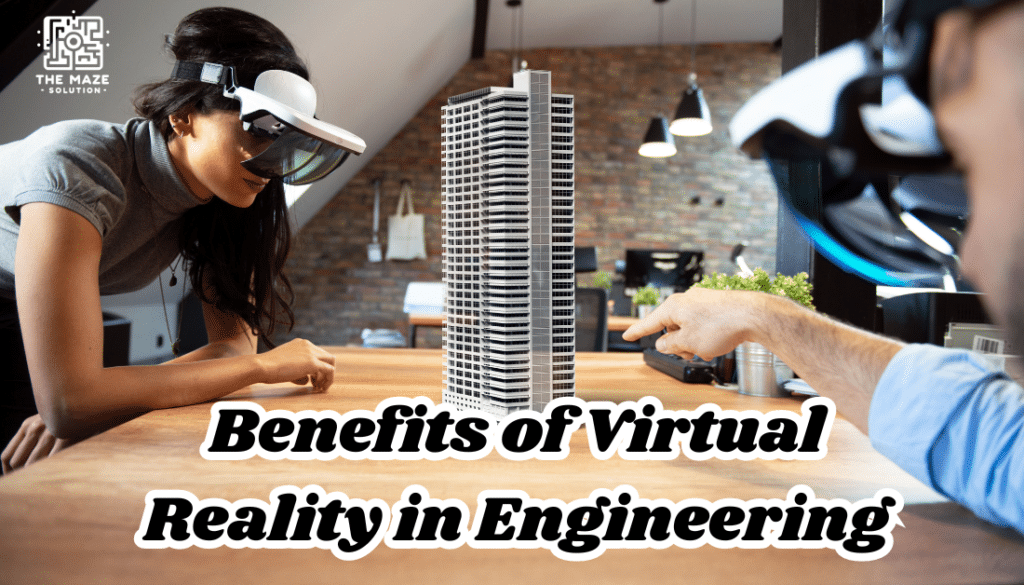
Enhanced Visualization and Precision
VR provides engineers with a detailed and accurate view of their projects, surpassing traditional 2D blueprints and models. This heightened visualization capability reduces errors and enhances design quality, resulting in more successful projects and satisfied clients.
Improved Collaboration and Communication
VR fosters better communication among engineering teams, especially when working remotely. Collaborative VR platforms enable engineers to work together seamlessly, share insights, and make informed decisions in real time. This improved collaboration leads to more efficient workflows and successful project outcomes.
Cost and Time Efficiency
By leveraging VR technology, engineers can reduce the need for physical prototypes, saving both time and money. The ability to test and iterate within a virtual environment shortens the design and development cycle, allowing projects to progress faster and more efficiently.
Training and Skill Development
VR provides a safe and immersive platform for engineers to receive training and gain hands-on experience without physical risks. Simulated environments offer opportunities to enhance skills and proficiency, ensuring engineers are well-prepared for real-world challenges.
Safety and Risk Management
VR plays a pivotal role in simulating hazardous environments and scenarios, enabling engineers to test and refine designs before implementation. By identifying potential risks early, VR contributes to safer engineering practices and minimizes the likelihood of costly errors.
Impacts of Virtual Reality in Engineering
Impact of Virtual Reality on Engineering Innovation
VR is a driving force behind innovation in engineering, enabling groundbreaking projects and solutions. Engineers can push boundaries and explore new possibilities, resulting in advancements across various fields and industries.
The Influence of VR on Industry Standards and Practices
The widespread adoption of VR in engineering is leading to the establishment of new industry standards and best practices. Organizations are evolving to incorporate VR into their workflows, ensuring they remain competitive in an ever-changing landscape.
Challenges and Limitations
While VR offers significant benefits, challenges persist in integrating it into engineering practices. Cost, accessibility, and technical limitations pose obstacles to widespread adoption. However, industry leaders are actively working to address these challenges and unlock VR’s full potential.
Impact of VR on the Future of Engineering
As VR continues to evolve, its impact on the future of engineering is undeniable. Predictions point to VR revolutionizing education, design, and project execution, paving the way for a more efficient and innovative engineering landscape.
Case Studies Success Stories of VR in Engineering
Case Study 1 VR in Automotive Engineering
A leading automotive company has embraced VR to revolutionize its design and testing processes. By leveraging VR, the company creates virtual prototypes, conducts simulations, and evaluates performance before physical production begins. This approach has resulted in cost savings, improved product quality, and accelerated time-to-market.
Case Study 2 VR in Civil Engineering
In a major construction project, VR was instrumental in enhancing safety and efficiency. Engineers used VR to simulate construction sequences, identify potential hazards, and optimize workflows. This proactive approach reduced risks, minimized delays, and ensured successful project delivery.
Case Study 3 VR in Mechanical Engineering
A manufacturing setup adopted VR to improve product quality and reduce waste. By implementing VR simulations, engineers identified inefficiencies, optimized production processes, and achieved higher precision. The result was improved product reliability, reduced material waste, and increased customer satisfaction.
Conclusion The Future of Virtual Reality in Engineering
Virtual Reality is revolutionizing the engineering industry, offering unparalleled benefits and transforming traditional practices. By enhancing visualization, collaboration, and efficiency, VR empowers engineers to create innovative solutions and deliver exceptional results. As the integration of VR continues to evolve, it is essential for engineers and organizations to stay ahead of the curve and leverage this technology to gain a competitive edge. Explore the possibilities of VR and discover how it can elevate your engineering projects to new heights.
